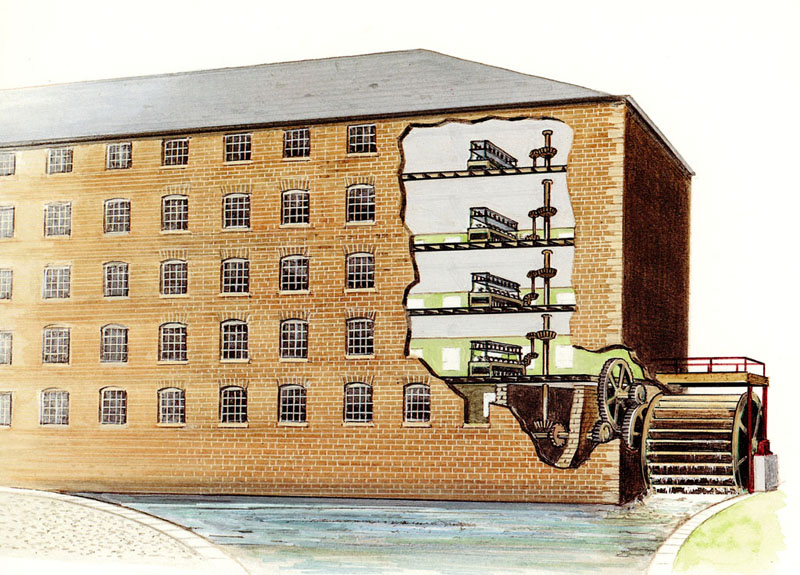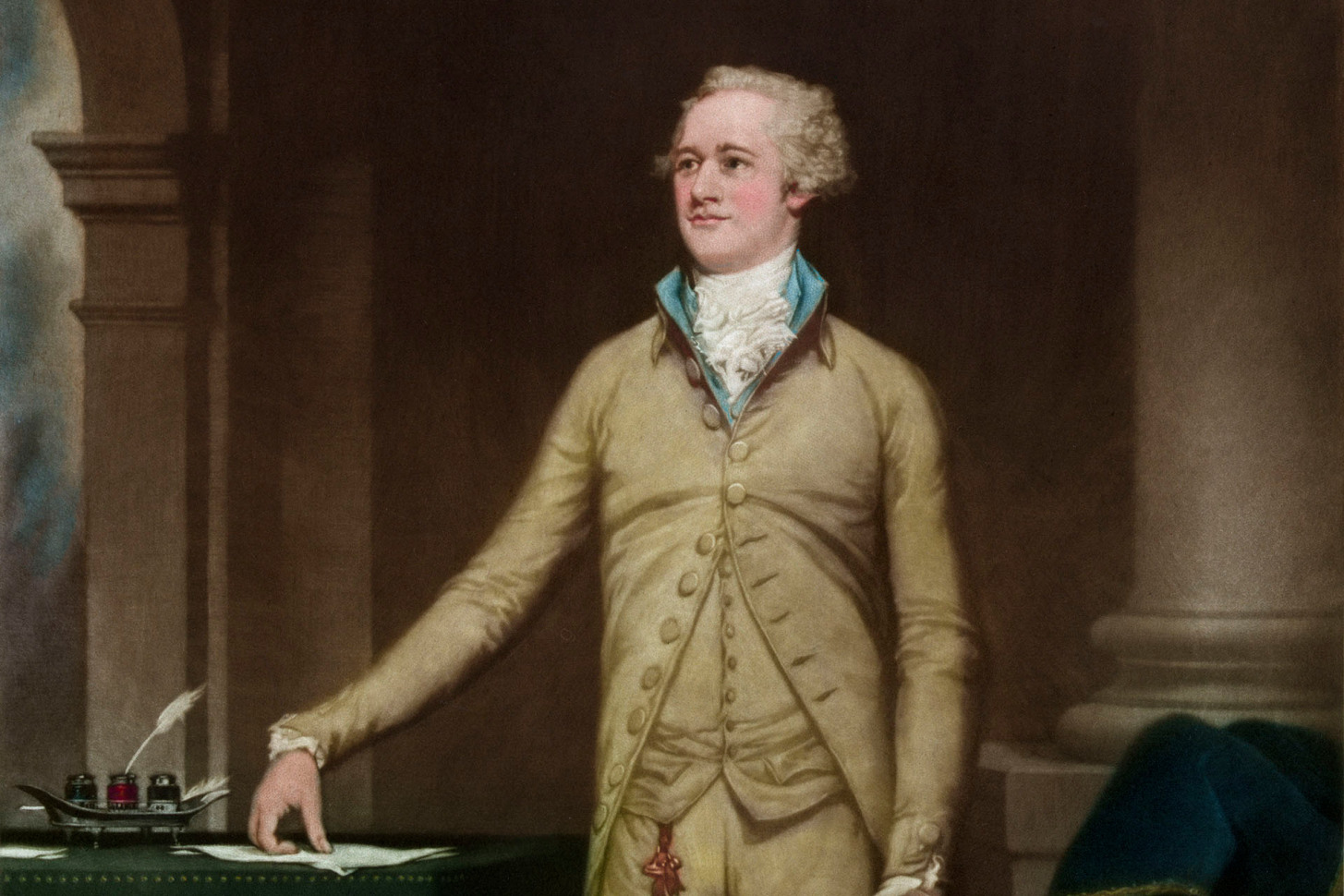
Don Esposito wrote a well-researched and respected History of Raritan fifty five years ago in 1964. That publication states:
Alexander Hamilton came to Raritan and said he wanted to build a canal. People laughed at him and told him it could not be done. Hamilton left Raritan with idea; but the thought he planted began to grow. In 1840 the villagers of Raritan woke up to the noise of men digging a canal.

So, it is time to take a more detailed look at the influence that Hamilton had on Raritan. We are able to do this as there are many more sources available today than there were 55 years ago.

- The critically acclaimed Hamilton Biography by Ron Chernow.
- Letters written by Hamilton and to Hamilton have been put online, typed out, and are easily searchable.
- A Forgotten History Paper on Raritan written in 1941 was re-discovered a few years ago. This paper has a lot of detail on the beginnings of Raritan.

Probably most important Hamilton had lobbied for the creation of a Constitution which he then played a major role in creating. Also, he started the first U.S. Bank which solved the U.S. financial woes. Lastly he had served as Secretary of the Treasury.

Hamilton felt it was necessary for the U.S. to create all their own products. He remembered that during the war we had to shamefully rely on France for basic war supplies such as gunpowder and uniforms. In this manufacturing endeavor Hamilton faced opposition from many others such as Thomas Jefferson who thought we should continue to concentrate on farming. Hamilton reasoned why not do both.
opposed the plan by Hamilton

Its purpose was for the government to encourage and work with private entrepreneurs to establish manufacturing in the new country. His plan was for the building of an entire manufacturing town at once. That would include the factories, a canal, layout of the streets, and houses for the workers. His idea was that the entrepreneur/financiers could make money off both the factory output and by selling or renting out the surrounding land to their workers and town newcomers. A double revenue stream that would ensure the survival of the new town.
Hamilton hoped that a successful manufacturing town or two like this would ignite a spirit of imitation so that other similar places would come about. Numerous manufacturing towns would improve our self-sufficiency and encourage skilled laborers to come to this country.

The question then was at what location in New Jersey would this happen. Ron Chernow in his Hamilton Biography states that Hamilton and his society were swamped with appeals from many local landlords, touting the wonders of their riverside properties.

(Today one can be oblivious to the location of a river. This author bets that no one even realizes that Route 287 crosses over a winding Raritan River twice within two miles at Weston Canal Road and Easton Avenue.)

For a surviving letter written to Hamilton from an aide states that they have surveyed the Raritan River, but did not find the ideal location for a factory town.

While his purpose to promote manufacturing was just what the country needed, that particular manufacturing complex only lasted a decade before being abandoned. That was because a partner had stolen most of the money and a fancy architect had over built the facility, dooming the project. However, twenty years later, after his death, Hamilton was vindicated as that complex was restarted and this time survived proving to be very prosperous. Today at that location is a statue of Alexander Hamilton.

A surviving map/plan from 1840 shows the planned-out streets that would soon be made, the lots for homes to be built, the proposed canal, and factories. It was just like the vision that Alexander Hamilton had for a manufacturing town. This forgotten history paper does not mention Hamilton. But his vision is no doubt there.
click for larger view

Several mills and other factories would be built and survive along the river/canal for decades.
on the Raritan a long time ago.

So that is what is known about the influence that Alexander Hamilton had on the creation of Raritan. Perhaps Raritan should formally acknowledge the contribution of Alexander Hamilton. While we do not need another statue in town, perhaps a portrait in town hall would be appropriate. Just saying.
look good in town hall